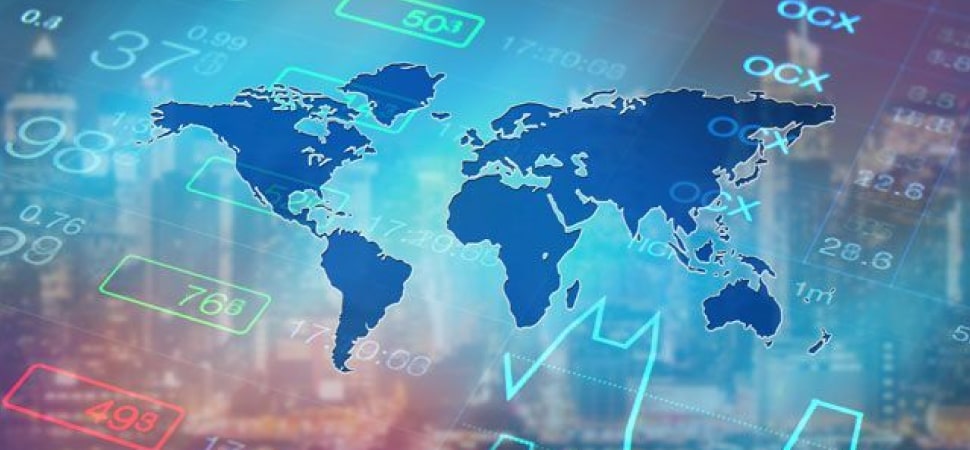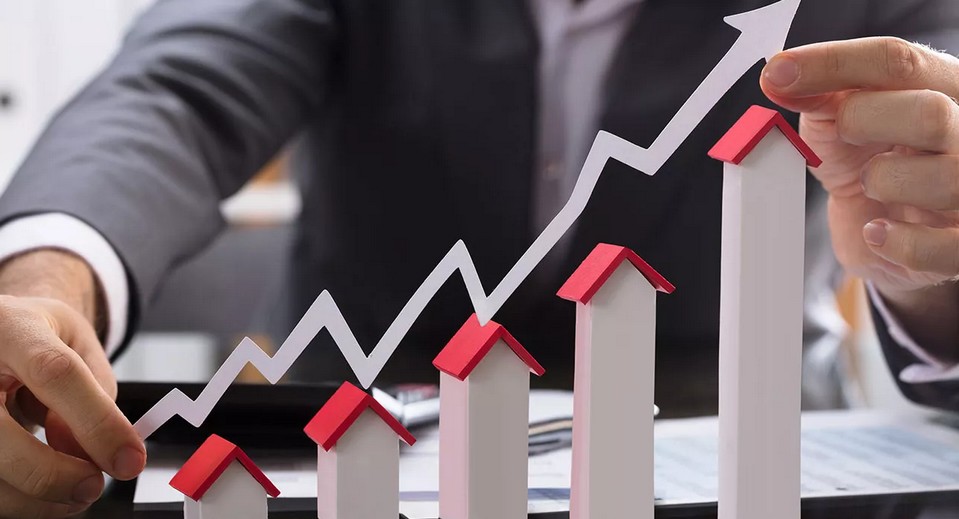18.08
Share ArticleWhy did the economy collapse?
In 1751 Redert Peter de Neuville, a young Dutchman living in Amsterdam, founded a bank. The bank was very successful. A few years later, with the outbreak of the Seven Years' War, European countries had to find new sources of financing for their armies. De Neuville became one of Prussia's largest creditors and borrowed large quantities of wheat, oats and other raw materials as collateral. De Neuville made a lot of money until the end of the war in 1763, when wheat production resumed and prices fell. Deneuve's creditors went bankrupt and Deneuve, with no money to pay them back, was forced to sell his stocks, which caused commodity prices to fall even further. Banks quickly closed and the effects spread to other financial centres, including Hamburg and Berlin. The collapse of Neville's Bank triggered the first global financial crisis of the modern era, says Icelandic economist Johann Danielson. The 1763 crisis was different, he says, because it was caused "not by war or famine, but by the shadow banking system and the widespread use of financial instruments to conceal and spread risk". There were many such crises over the next 250 years.
According to Danielson's new book The Illusion of Control, this is linked to our love-hate relationship with finance. For an economy to grow, banks need to take on the risk of lending, but they also need to take on the right amount of risk. If the risk is too low, no credit is given; if the risk is too high, the system collapses. The question is how to find the right level of risk. As the role of banks becomes more important, the probability of failure increases if they are too big to fail, but this is very difficult to assess. Danielson quotes former Attorney General Eric Holder, who admitted that his decision not to punish HSBC for not preventing Mexican drug traffickers from using its services was based on fears that it would cause a major crisis.
We ask bankers to take risks. Forcing them to make only the safest loans will reduce bank profits, increase borrowing costs for businesses and potential homeowners, and lower interest rates for savers. Danielson puts it this way: "People will stop saving, businesses will stop lending, factories will not be built and the economy will not grow. Clearly, there is an appropriate level of risk that can stimulate innovation and progress without causing the system to collapse. The problem is that we don't know what that is."
In the most compelling and brutal chapter of "The Illusion of Control", Danielson explains why our attempts to measure and assess risk are "risk theatre" rather than sound analysis. To assess risk properly, we need to recognise that different investors have different levels of risk and different time horizons. The author mocks the European Central Bank's ability to measure systemic stress in the financial system to six decimal places.
Explaining the problems of introducing 'Goldilocks' regulations into the financial sector that is, regulations that strike the right balance between risk taking and risk aversion it is somewhat surprising that Danielson is so confident that he can mitigate future financial crises. The policy he advocates can be summarised in one word: diversification. According to him, the main challenge facing the financial sector is the tendency towards monoculturalism, which tends to "magnify the same shocks and inflate the same bubbles". Donneville believes that investors have always acted collectively and that attempts to universalise "best practices" and take the same risks contribute to this trend. Donneville wants regulators to open the door to more small banks, especially those with a different scope of activity from the big banks. He wants barriers to entry to be lowered and for more players to embrace the circular economy. But achieving this in an industry that has seen booms and busts for more than 250 years will require a fundamental shift in attitudes towards risk.


Reviews